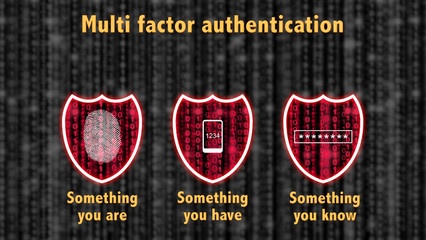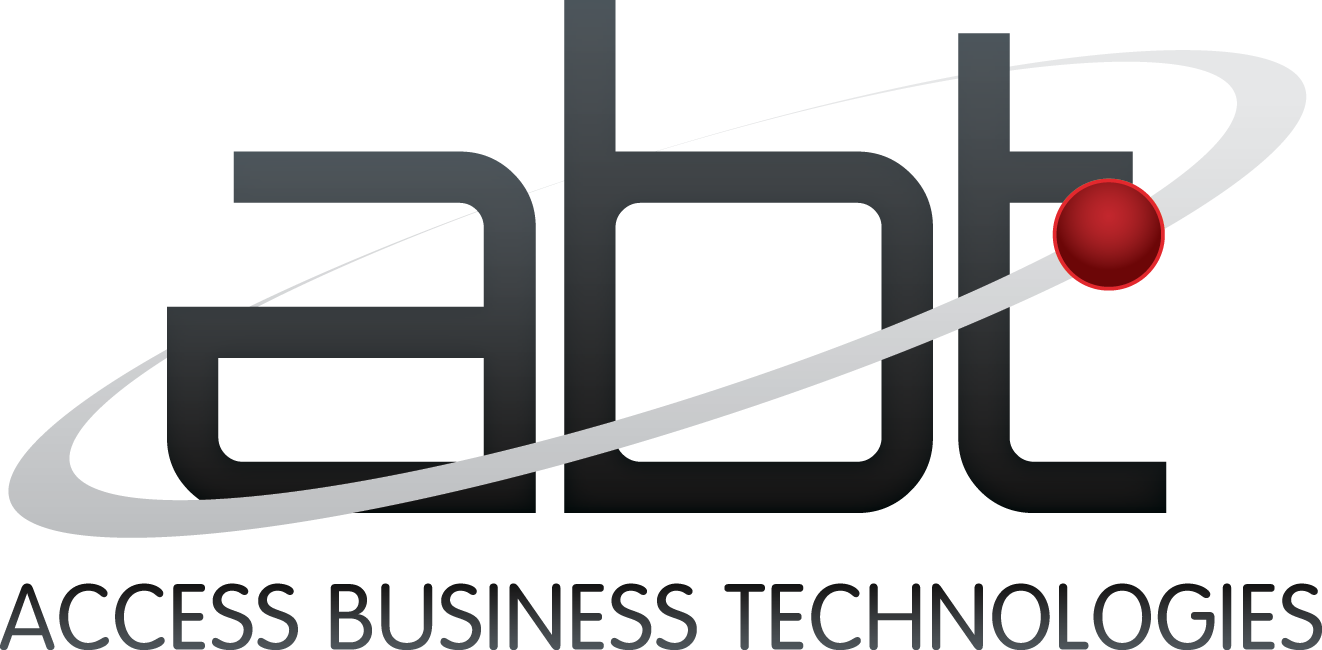 Get an extra level of security with multi-factor authentication or MFA.
Get an extra level of security with multi-factor authentication or MFA.
Each year, cybersecurity gets more complicated.
According to anti-virus developer Panda Security, the amount of malware created by cybercriminals is predicted to grow exponentially with each passing year.
Companies have to face the reality that a security breach has a serious impact on business.
To avoid the distress of company-wide damage control and a PR nightmare, it’s best to make sure security is in good shape.
Real Business Impact
For some businesses, consumer data handling is the main issue.
Financial institutions such as banks and mortgage companies are often targeted by hackers because they house the most personal information.
With major security failures like the Equifax breach of 2017 making international news, the finance industry’s cybersecurity worries are real.
More is at stake than information. A data breach can mean sales losses and a tarnished reputation that lasts for years.
From fines to fraud, there are monetary repercussions as well.
So what is the fastest way to tighten security on cloud-based and traditional networks?
Multi-Factor Authentication
Data breaches in single-factor authentication systems often exploit the system login credentials or passwords of users.
Multi-factor authentication or MFA is a group of security measures that go beyond the traditional password in order to correctly identify a person for system access.
MFA is becoming more prevalent in the financial industry. This kind of authentication was adopted by the Payment Card Industry Data Security Standard (PSI DSS) in February of 2017 and was listed as a standard for the mortgage industry in the State of New York in the same year.
Multiple factors mean heightened levels of information that only the user can provide.
These factors can be a number of different security measures. A “soft token” is when security software generates a one-time-use passcode sent to the user’s mobile device. This type of authentication can also be executed with a text message, phone call, or an email with a hyperlink.
Other factors run the gamut from predefined security questions to biometric identifiers like fingerprints or facial recognition software.
Only the correct user knows the information or is in the circumstance to receive the passcode, so using MFA means only the approved user is given access.
The Modern Office
Another issue with security is the modern office environment.
There are a growing number of remote workers. Employees want access to work-related applications from outside the office.
In this mobile workforce, employees are moving off of network-approved computers and onto personal or public machines. It’s up to the IT department to facilitate their work and make sure they go through a heightened level of security checks.
MFA is an authentication strategy that allows IT to deliver this level of remote access. It solves the problem of identifying recognized employees while maintaining a solid defense against intruders.
User Experience
The final consideration when implementing cybersecurity measures is user experience.
With higher scrutiny comes a higher level of annoyance by the employee at having to prove their authorization.
IT staffers need to balance security measures with user convenience.
One development that improves this balance is “adaptive” MFA. This security technology evaluates the risk factor of the user and then adapts the number of factors required for entry to the system.
An employee using a company-issued laptop at a café with an IP address across the street from headquarters is considered a low-risk access attempt. This situation does not require extra security measures.
On the other hand, if someone is trying to gain access on an unrecognized device in a location where the company doesn’t have an office (e.g. employee is attempting to do work on her tablet while vacationing in Bali) then the number of factors required will be at the maximum level. The employee jumps through some hoops, but with an understanding of why.
Conclusion
Data breaches are happening at the enterprise level at an alarming rate. A watchdog organization called Breach Level Index estimates that every second, an average of 57 records are stolen.
Employees are moving towards a more mobile work environment with wide geographic distribution.
For companies who handle consumer data, implementing MFA is simply one of the most effective ways to crack down on security violations and keep up with the modern workplace.
Businesses that use the MortgageWorkspace management software by ABT are protected by multi-factor authentication and a host of other cybersecurity measures. Contact us to learn more.
-1.png?width=142&name=ABT-Logo_2016%20(transparent)-1.png)









